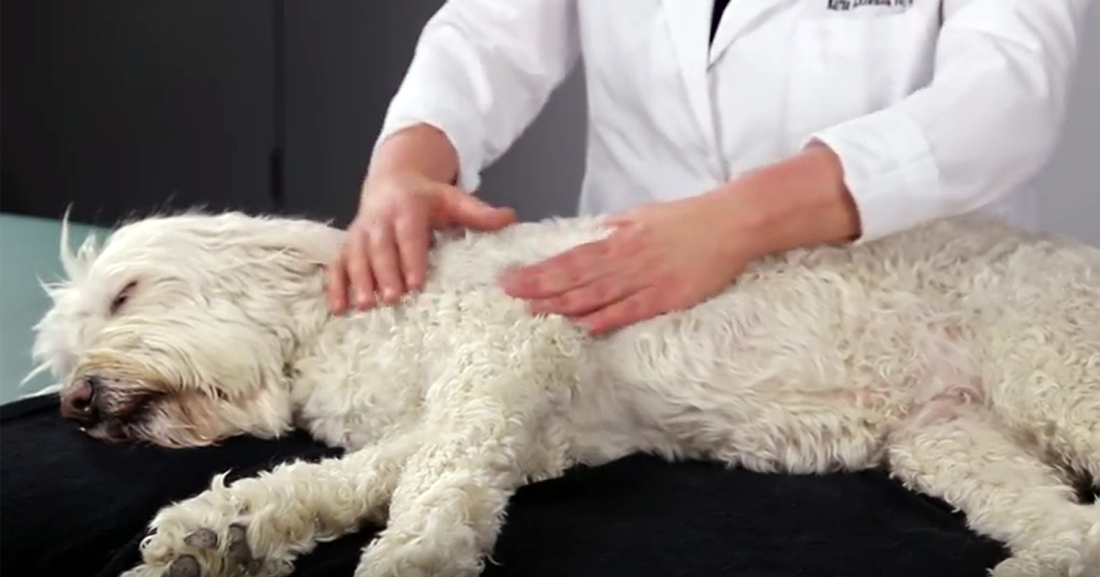Using Massage to Check Your Pet’s Well-Being
Pets love massage as much as people do. Here's how you can relax your dog or cat, while giving them a checkup.
- by Daisy Mae Delray, columnist and registered seizure alert dog
Before you begin the massage you can do a diagnostic massage to check for abnormalities. A friend of mine who has a Persian cat with lots of hair found an abscess on her cat, just under the armpit. We had shown her how to do a diagnostic massage a few weeks before so she was able to avoid a major infection.
A diagnostic massage is a simple technique every pet owner can do. It simply means feeling all over your pet’s body with a light touch, noticing any parasites, warmth, coolness, sores, swellings, tumors, discharge; anything out of the ordinary or anything your pet seems sensitive to. If done on a weekly basis, your hands and eyes will know when something has changed that you need to pay attention to or to seek veterinary help with. This is a suggested guideline of how you can do this type of massage. You can do this in any order you and your pet prefer. ●Start by touching your pet’s head with both hands and run hands down your pet’s cheeks and mouth. ●Look into their eyes and mouth, sniff for any off odors, look for marks, discoloration, chipped or dirty teeth. ●Feel around ears for lumps, hair mats, and other abnormalities. Look and sniff in the ear. ●From ears, move hands down their necks to the throat. Check for abnormalities, tenderness. ●From the throat move your hands down their chest, shoulders and front legs. Flex the legs, check the feet. ●Move your hands from the feet and down the back, sides and stomach, feeling for warmth, coolness, or anything unusual. ●Check rear legs and feet the same way you did the front. ●Feel and look at the rear area, around and under the tail and underbelly. Look for parasites, discharges and sniff for off odors. Keep a journal of what seems different. You can use this with the vet. Be sure to check weight periodically. Watch your pet walk, both towards you and away, looking for stiffness, pain, or abnormal gait. Don’t forget to monitor stool production and consistency, and urination habits and flow. You are using your eyes, your hands, and your nose to imprint a baseline impression of your pet’s body. Once you have done this a number of times you will notice something that is off normal. Keep your tail high and your feet dry! Love, Daisy Mae Comments are closed.
|
Categories
All
Archives
July 2024
|
Shoofly Magazine Partners
Our Shoofly Partners are local businesses and organizations who share our mission to enrich community life in Bay St. Louis, Waveland, Diamondhead and Pass Christian. These are limited in number to maximize visibility. Email us now to become a Shoofly Partner!




























 RSS Feed
RSS Feed























